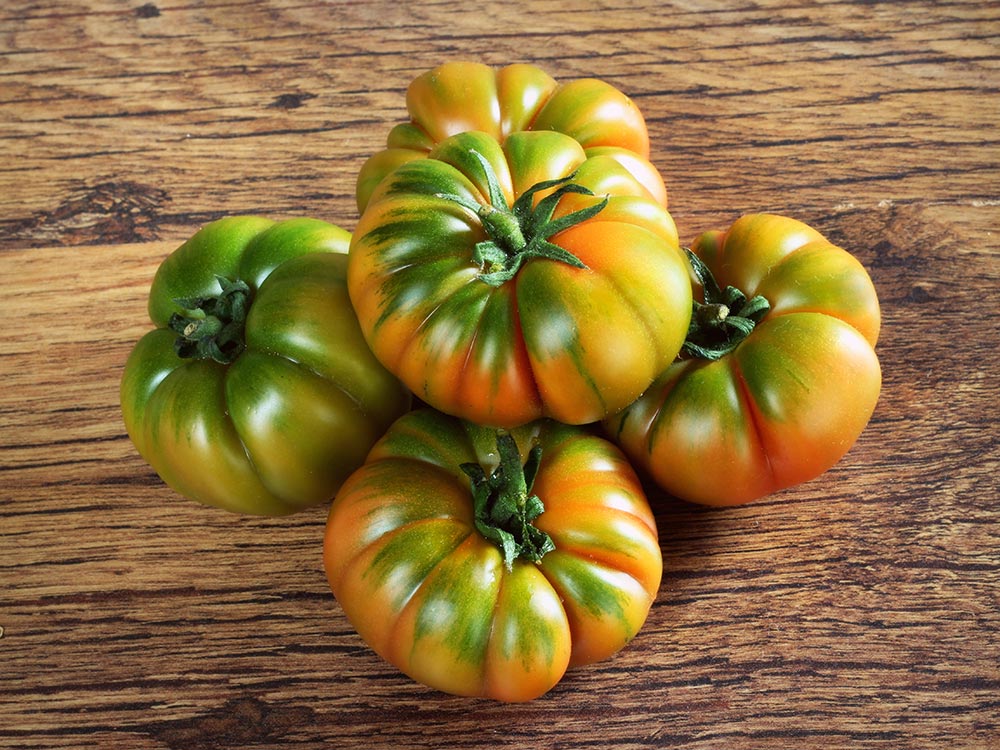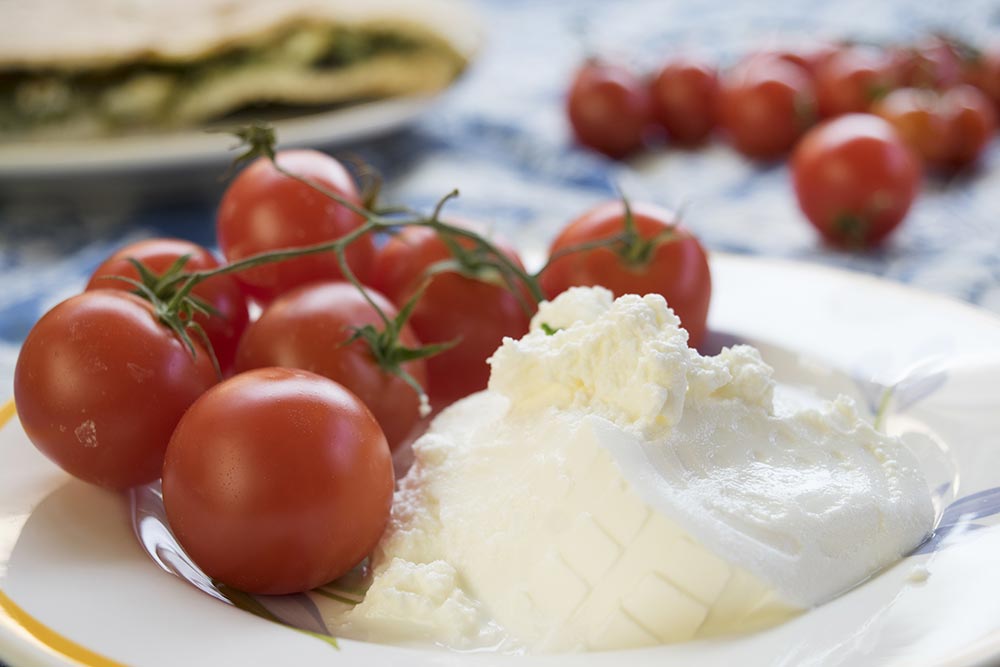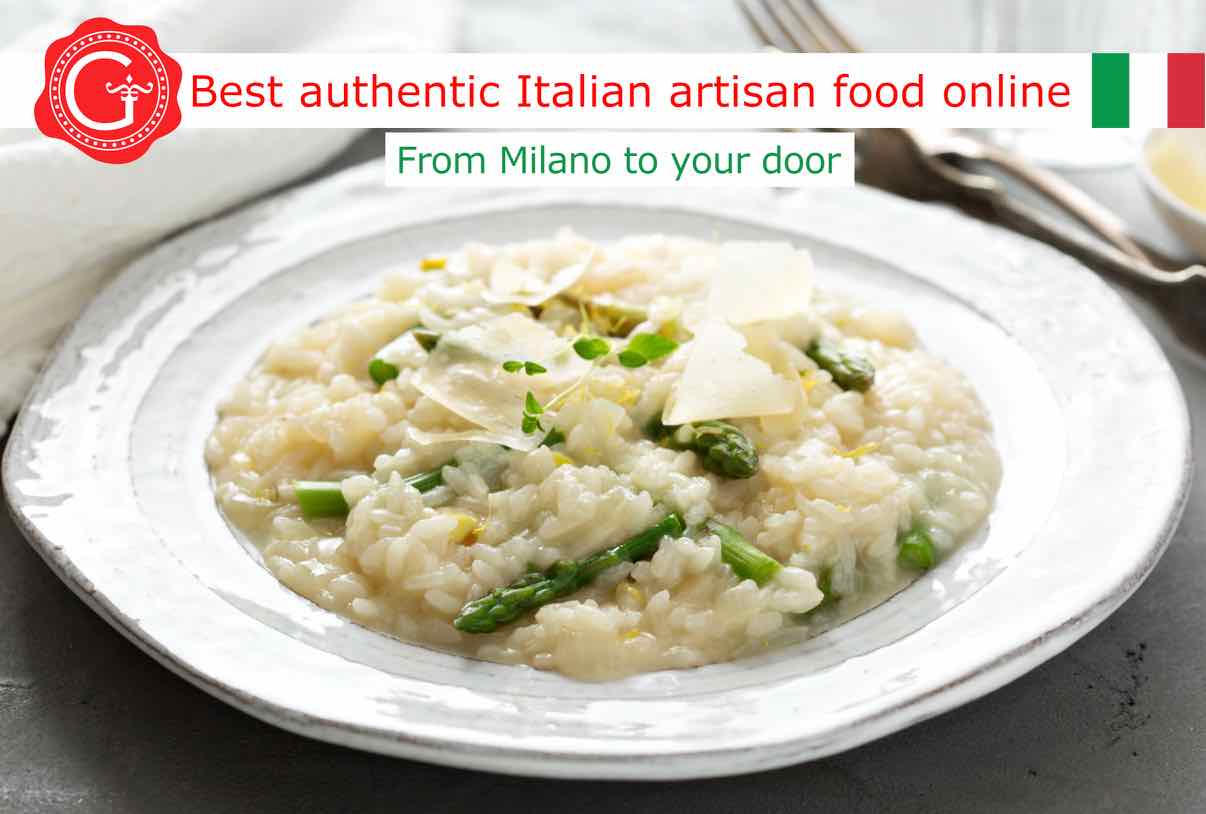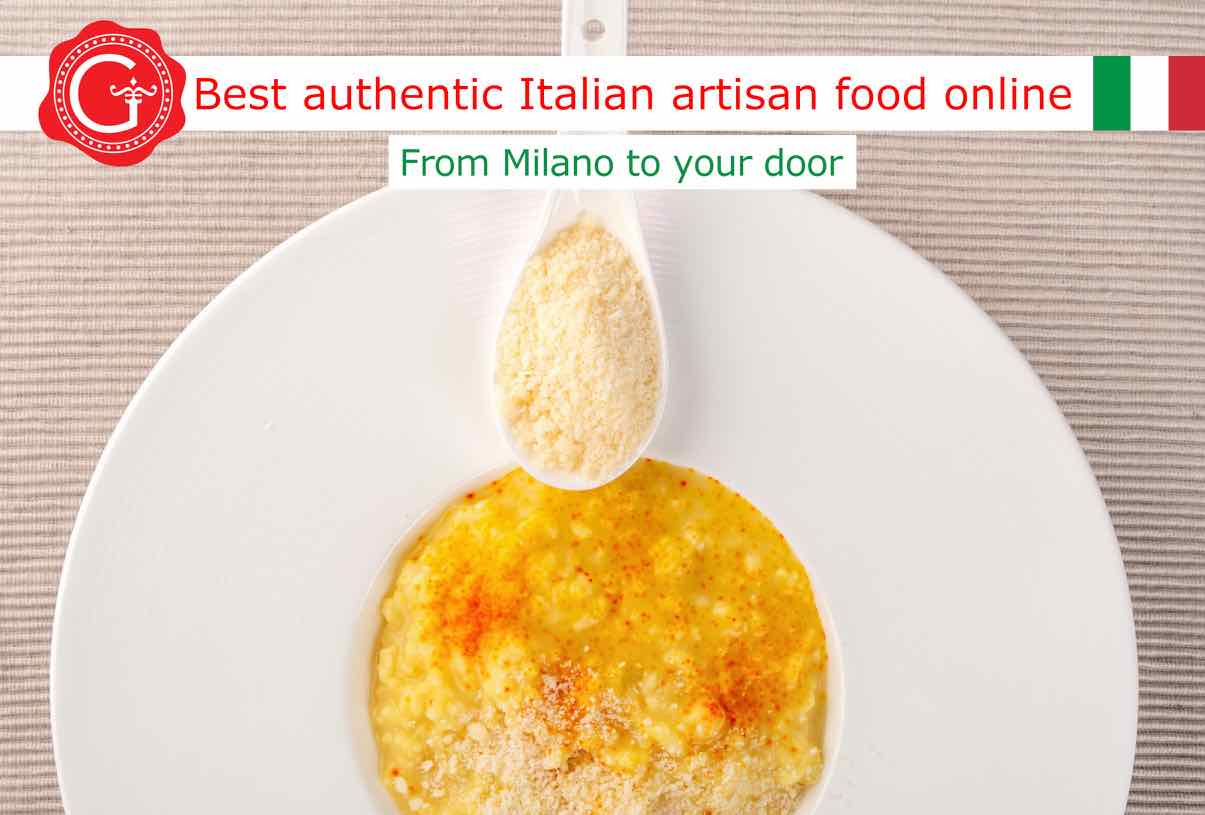Pachino Tomato: personal data and distinguishing features
Small and round, it has a bright, attractive colour ranging from bright red to intense green near the stalk; it has a characteristic balanced taste due to a perfect harmony between acidity and sweetness. We talk about “cherry” tomato – the botanical species Lycopersicum esculentum Mill – identified by many as the ‘Pachino Tomato’.
But is the cherry tomato a pachino?
Here we need to get our ideas straight.
As most of you already know, Pachino is a small town in the province of Siracusa (Sicily) where, thanks to its favourable weather conditions, type of soil and the salinity of its irrigation water, this particular variety of tomato – and others, too, as we will see, are successfully produced. Since 2003, certain varieties of tomato grown in and around Pachino have been classed as Protected Geographical Indication products. The area where this tomato is grown, stipulated by the PGI regulation for the production of the Tomato from Pachino (‘from Pachino’, in fact, and not ‘Pachino tomato’ since it identifies the production area) includes the whole area of the municipality of Pachino and Portopalo di Capo Passero and starts from the municipal areas of Noto (province of Siracusa) and Ispica (Province of Ragusa).
http://www.igppachino.it/index.php/igp/blog/dal-disciplinare-di-produzione
Before the cherry, the tomato at Pachino
The origin of the tomato can be traced to Mexico and Peru. The Aztecs used to call it xitomatl” – “tomatl” was the name given to various juicy fruits and the English “tomato” derives from this word – and its sauce became fundamental in their cuisine. Its introduction into Europe dates back to 1540: it was the Spaniard Hernán Cortés who brought examples to the Old Continent.
In the Pachino area salad tomatoes of various sizes have been grown since the 1920’s and, in the 1960’s the first greenhouses were erected.

Is the Pachino Tomato Italian?
In fairly recent times, it was learned that Hazera, the biotech seed-producers, produced two new varieties of tomatoes introduced to Sicily in 1989: the Naomi cherry and the Rita grape. In addition to the characteristic shape, one particular feature of these tomatoes which is immediately noticeable, is the fact that it retains its freshness for a period of 2-3 weeks after it is picked, much longer, therefore, than the tomatoes known before this time.
This characteristic, obtained thanks to the introduction by Hazero of two mutated gene versions (rin and nor: ripening and no ripening inhibitors) allows the tomatoes to be picked ripe rather than just before they are ripe. The first reaction of Italian tomato producers and the consumers was negative, but in just a few years the new product became extremely popular.
As we have already mentioned, in 2003 some varieties of tomato grown in Pachino and in the surrounding areas became PGI products, thanks also to the specific conditions of climate, temperature, soil, and the salinity of the irrigation water, perfect for growing what would become one of Italy’s excellent food products.
So, goodness comes from Italy!
A list of varieties of Pomodoro di Pachino IGP follows:
- Ciliegino (Cherry) di Pachino IGP
From its characteristic “cherry-like” appearance, it contains significant amounts of Lycopene, excellent post-picking resistance and high sugar levels; - Costoluto (Beefsteak) di Pachino IGP
This is the oldest variety of tomato in Italy, grown and sold in all seasons. It is a large, dark bright green tomato with pronounced veins; to grow well, the beefsteak tomato needs soil very rich in salt. - Tondo liscio di Pachino IGP (Round, smooth Pachino)
Small and round and dark green in colour, unmistakeable for its very pronounced taste. - Grappolo di Pachino IGP (Grape of Pachino IGP)
Grape-like, it can be green or red. Its weight varies according to the salinity of the soil in which it is grown.
The beneficial properties of the Pachino Tomato
Not only is the Pachino Tomato famous for its taste and long conservation times after picking, but it is also appreciated for its beneficial qualities. In fact, probably due to their long exposure to the sun, some varieties of Pachino Tomatoes are particularly rich in lycopene, a molecule in the carotenoid family which is not only the cause of its red colour, but also has good anti-oxidising power and is believed to protect against some types of tumour. https://it.wikipedia.org/wiki/Licopene.
Many people enjoy eating the Pachino Tomato raw, cut into segments, dressed with extra virgin olive oil and salt – in this way keeping its beneficial properties. But the Pachino is also used in the preparation and cooking of a wide range of delicious, typically Italian dishes. An interesting fact regarding this is that cooking the tomato releases a lot of lycopene. So, even the cooked tomato, used to dress pasta, is good for the health!.
Sources:
- Dario Bressanini
http://bressanini-lescienze.blogautore.espresso.repubblica.it/ - IGP Pachino
http://www.igppachino.it/index.php/igp/index - Taccuini Storici
https://www.taccuinistorici.it/ita/ - Consorzio di tutela pomodoro di Pachino IGP
http://www.igppachino.it/index.php/igp/blog/dal-disciplinare-di-produzione




